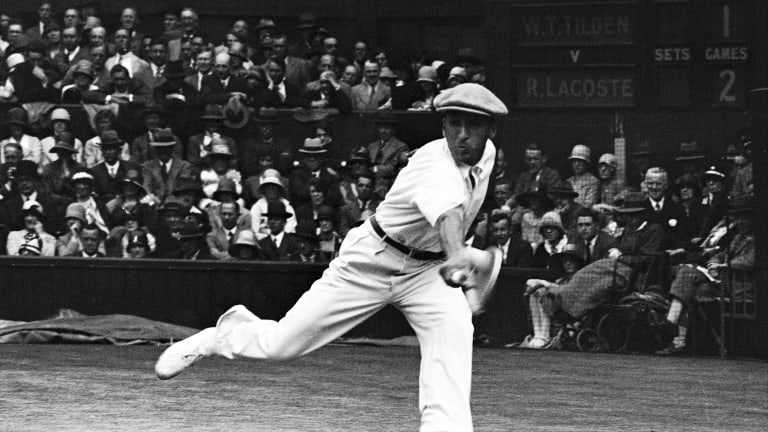TBT, 1881: The birth of USLTA, when the game was called lawn tennis
By May 21, 2020Madrid, Spain
After enjoying blackout, Iga Swiatek advances over Diana Shnaider in Madrid
By Apr 29, 2025Anti-Doping & Corruption
Grand Slam doubles champion Max Purcell accepts an 18-month doping ban
By Apr 29, 2025Social
Katie Boulter cheekily calls out Alex de Minaur's 'elite' red flag behavior for going off the grid
By Apr 29, 2025Madrid, Spain
Can Fritz, Shelton and other American men go from “good clay-court players” to great ones?
By Apr 28, 2025Madrid, Spain
With new coach Dinara Safina, Diana Shnaider makes mental strides in Madrid
By Apr 28, 2025Madrid, Spain
Aryna Sabalenka vs. Peyton Stearns: Where to Watch, Madrid Preview, Betting Odds
By Apr 28, 2025Madrid, Spain
Jack Draper vs. Matteo Berrettini: Where to Watch, Madrid Preview, Betting Odds
By Apr 28, 2025Madrid, Spain
Iga Swiatek vs. Diana Shnaider: Where to Watch, Madrid Preview, Betting Odds
By Apr 28, 2025Social
"Kids are our future": Jannik Sinner launches eponymous foundation
By Apr 28, 2025TBT, 1881: The birth of USLTA, when the game was called lawn tennis
The 1974 US Open marked the last time America’s most prominent tournament would be played on grass. Fittingly, the next year the “L” was dropped from the title of the organization, creating the contemporary, business-focused USTA as we now know it.
Published May 21, 2020
Advertising

TBT, 1881: The birth of USLTA, when the game was called lawn tennis
© AP
Advertising

TBT, 1881: The birth of USLTA, when the game was called lawn tennis